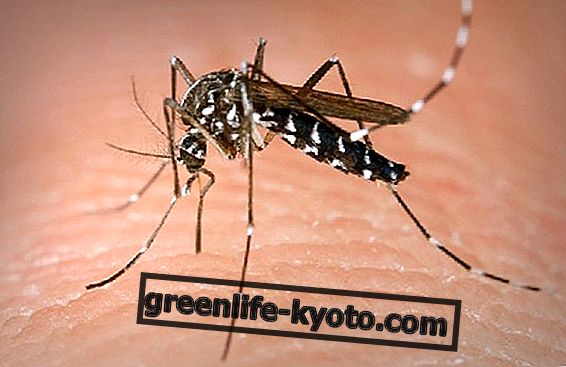
There is a concept, called the "window-period", according to which the risk of celiac disease would be less where gluten is introduced between 4 and 6 months.
In fact, international guidelines on the nutrition of the newborn recommend starting weaning at 6 months.
Summarizing, and according to what pediatricians generally recommend, it can be said that, according to current practice, the introduction of gluten into the diet of children usually occurs around 6 months.
What happens if gluten intake is delayed?
A research published on October 2, 2014 in the New England Journal of Medicine, and conducted by a team of Italian doctors, evaluated the effects of the late introduction of gluten into the child's diet.
According to the results of the study, the timing in the introduction of gluten would have no role in the development of celiac disease in children who are not genetically predisposed, while, in those with genetic risk, introducing gluten after the completion of the year of age would help to delay the appearance of intolerance.
According to the results of the research, it would be advisable to delay the introduction of gluten in the diet of children genetically predisposed to develop celiac disease, waiting for 12 months of age. The timing of the first approach with gluten, in fact, if it does not seem to affect the risk of the onset of celiac disease, would help at least to delay its manifestation, an element that must be considered favorable for the child.
The study underlines how the major predisposing factor for celiac disease is genetic and not environmental. Children with two copies of the HLA-DQ-2 gene have a 38% chance of being celiac, compared to 19% of those who are not. With a blood test at birth it is therefore possible to identify children who present this risk factor.
In genetically predisposed children it would also be advisable to carry out screening for celiac disease around the age of 5-6, more or less coinciding with the beginning of primary school.
Indeed, it has been shown that gluten intolerance often occurs within the first three years of life, almost always within five to six years. A timely diagnosis helps to avoid the negative consequences on the development that celiac disease could have.
But what are food intolerances?
The so-called "window-period"
Also on the October 2 issue of the New England Journal of Medicine, another study was published, conducted by Swedish researchers, aimed at verifying the hypothesis that the introduction of small quantities of gluten in the 4-6 month window period could protect from celiac disease in children with high risk.
The research concluded that the introduction of small amounts of gluten between 16 and 24 weeks of life does not reduce the risk of celiac disease in the category of children analyzed.
These results contradict what was previously assumed and probably more research is needed to arrive at truly conclusive results. Furthermore, the study focused on high-risk children and does not tell us anything about those who, although not, develop gluten intolerance.
Both studies cited, however, can be considered reassuring for parents regarding the timing of introduction of gluten into the children's diet.












